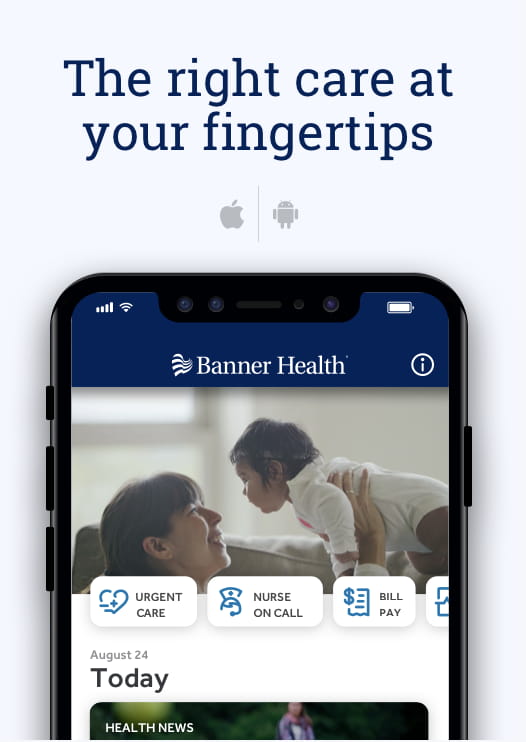Banner Health Blog
OUR LATEST ARTICLES
Advise Me
Spotlight
I feel stronger than I’ve probably ever felt and I’m excited about the rest of my life.
Podcast
About Bedside Stories
Bedside Stories highlights captivating personal stories that take place behind the scenes in health care.
Episodes

Enjoying our blog?

Enjoying our blog?
We know you live a busy life. Get the latest health advice from our experts in your inbox.



